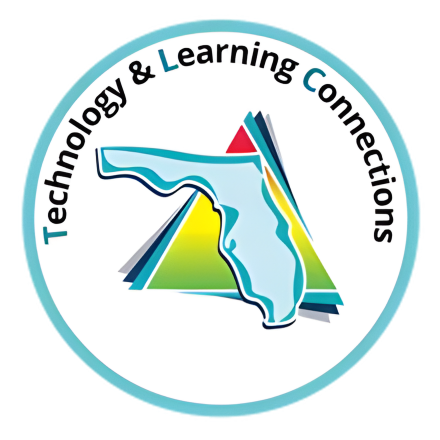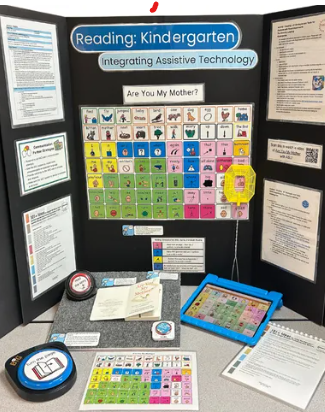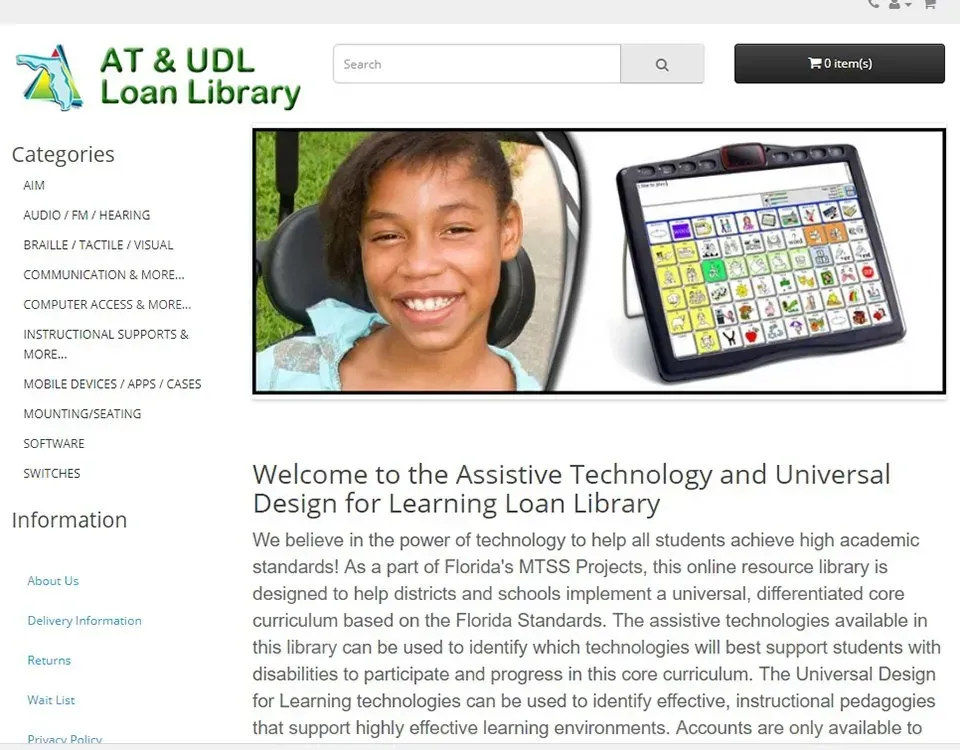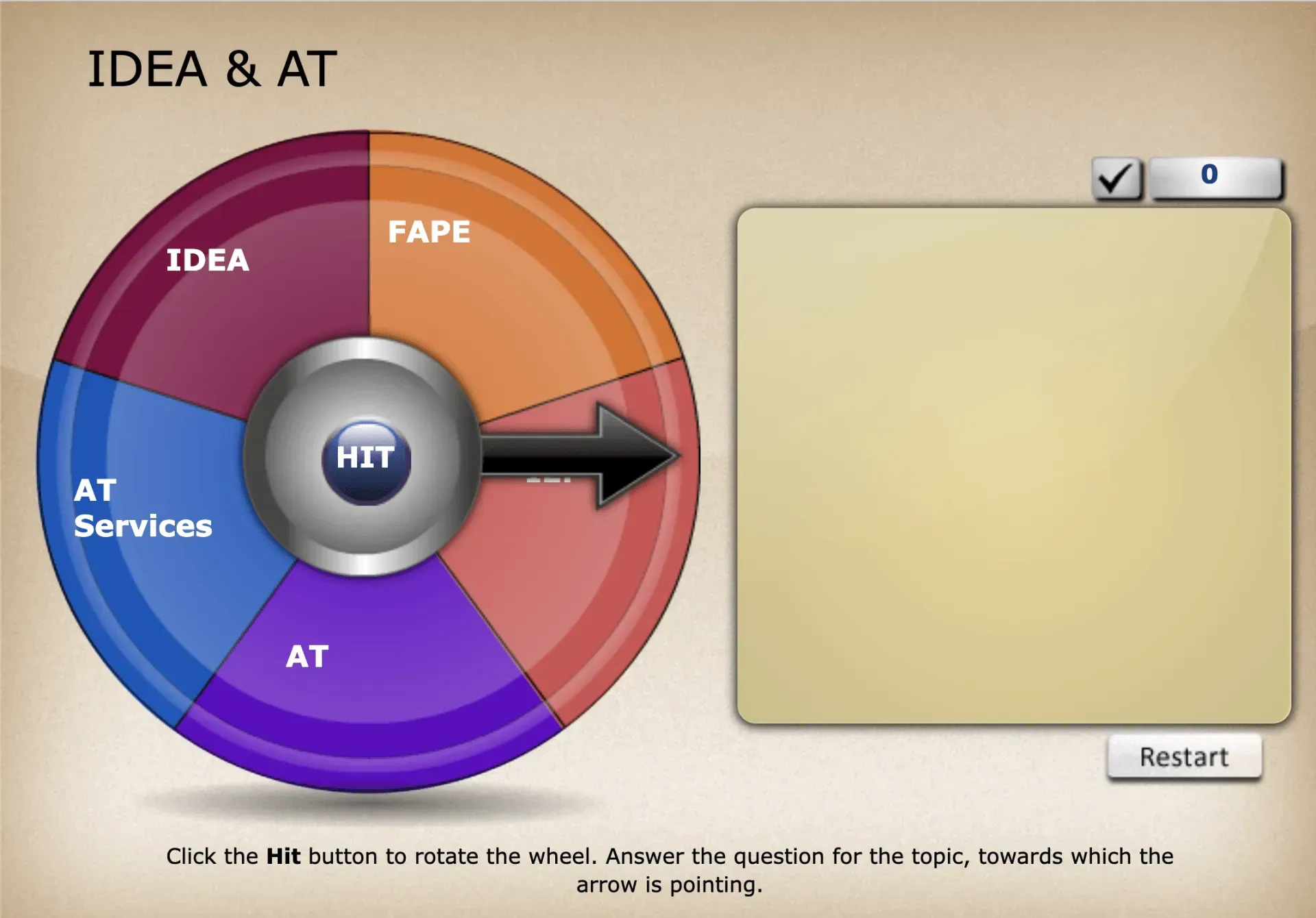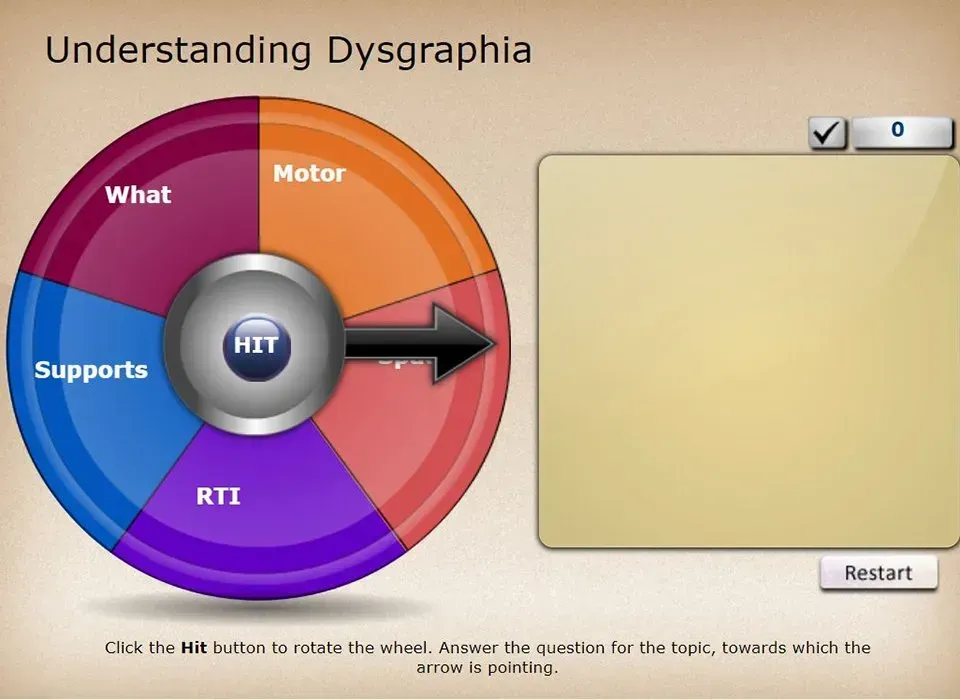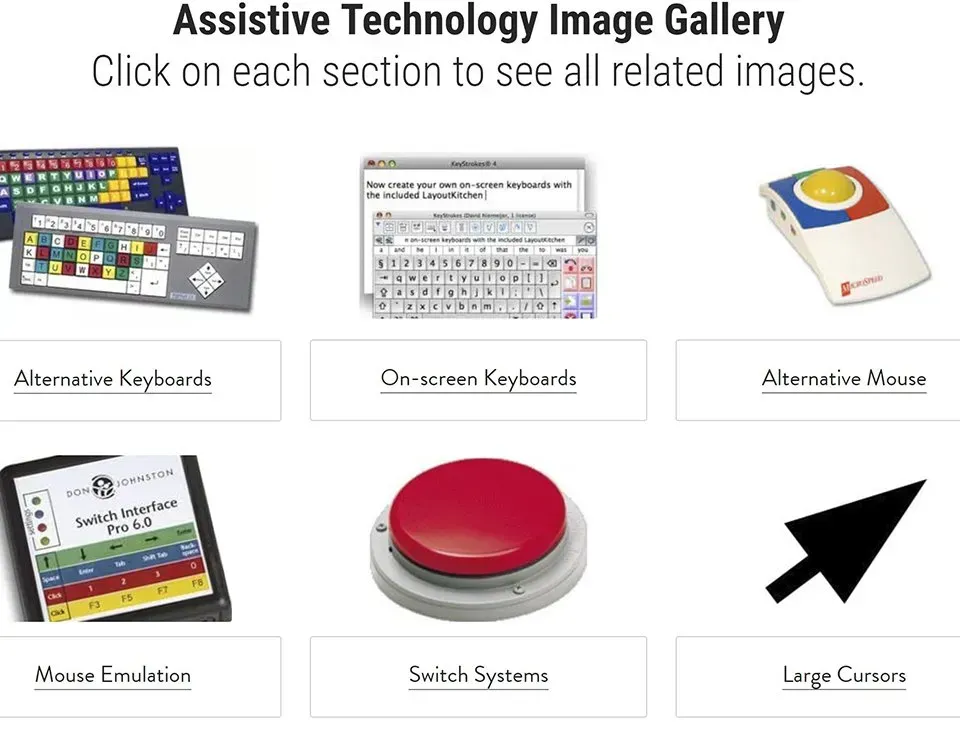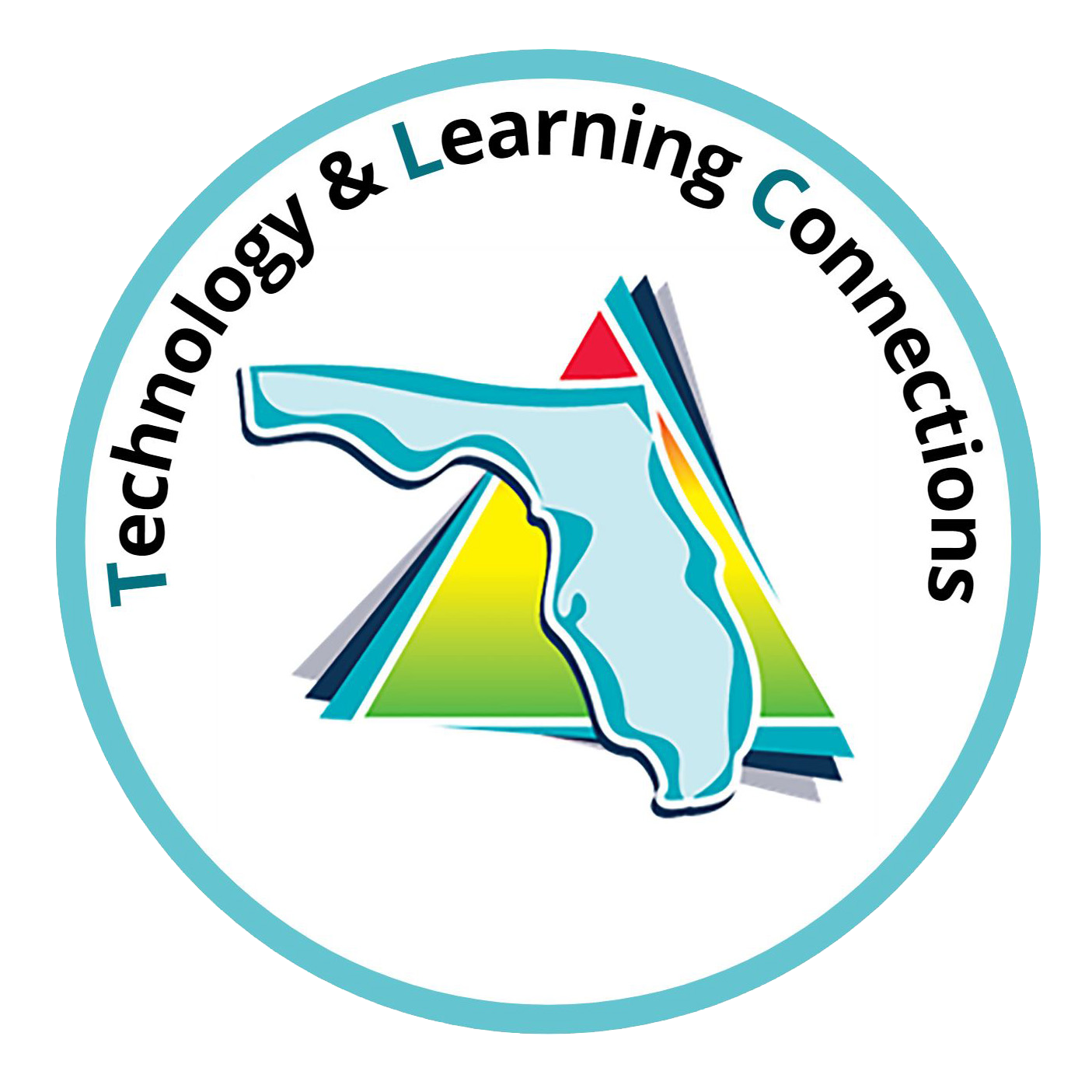Assistive Technology
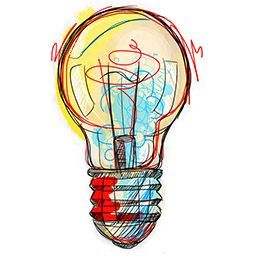
Technology tools and products include many features that support functional performance across the curriculum and in the areas of cognition and learning, sensory (vision, sight, touch, taste), motor movements and emotion/behavior. Struggling students and students with disabilities require access to these types of functional performance supports to reduce barriers to instructional engagement and learning.
Any technology tool can be made available to any student, but for some students, technology tools and accessible formats are legally required for the provision of a free and appropriate public education (FAPE) as determined by an IEP team.

Assistive technology (AT) is “any item, piece of equipment, or product system, whether acquired commercially off the shelf, modified, or customized, that is used to increase, maintain or improve the functional capabilities of children with disabilities” (IDEA 2004). IEP teams must consider whether an item, piece of equipment or product can be used by a student to address a skill deficit that is related to a disability. If the answer is yes that technology is considered assistive technology for that student and must be provided in all tiers of instruction to ensure that student receives a free and appropriate public education (FAPE).
The "item, piece of equipment, or product" designated as assistive technology can be a simple as a pencil grip or as complex as a laptop or eye-gaze controlled communication system. It is up to the IEP team, which includes the student, to make this determination as part of the problem-solving process to ensure the student has access to and is achieving in the grade-level standards.
Resources
This site includes information and resources to assist educators, therapists, parents and students in understanding how assistive technology can make a difference in a child's life.
This interactive "game" will quickly introduce you to some of the basics of dysgraphia.
This site will guide you in exploring myths and truths around assistive technology, UDL, accessibility and an MTSS.
This image gallery does real time Google Image searches on various assistive technology categories. It provides a quick and easy way to see different types of technologies that may be usable by students with disabilities.
This website includes resources for AT in the Classroom, AT Equipment Kits and Professional Learning activities.
This interactive "game" will quickly introduce you to some of the basics of AT.
The Assistive Technology & Universal Design for Learning Loan Library is designed to help districts and schools implement a universal, differentiated core curriculum based on the Florida B.E.S.T. Standards. ESE Directors in each district determine who has loan library privileges.
